Top 3 Graphic Designers in the World You Should Know
In the world of graphic design, there are luminaries whose creativity and vision have left an indelible mark on the industry. Among these revered figures, three design masters stand out as true icons of the craft: Shigeo Fukuda, Gunter Rambow, and Seymour Chwast.
Through their groundbreaking work and groundbreaking contributions, these graphic artist have reshaped the landscape of graphic design and continue to inspire generations of artists and designers.
Continue reading as we delve into the design principles and philosophies of these three design masters who have reached the pinnacle of the graphic design world.
We will uncover their unique perspectives and approaches that have shaped the field and continue to influence designers worldwide.

In this article, you will learn:
- Godfather of Graphic Design: Shigeo Fukuda
- Visual Poet: Gunter Rambow
- Leading Figures in Conceptual Image: Seymour Chwast
- Embracing Innovation in Graphic Design
Godfather of Graphic Design: Shigeo Fukuda
Shigeo Fukuda, a famous Japanese graphic design master, is often referred to as the "Godfather of Graphic Design."
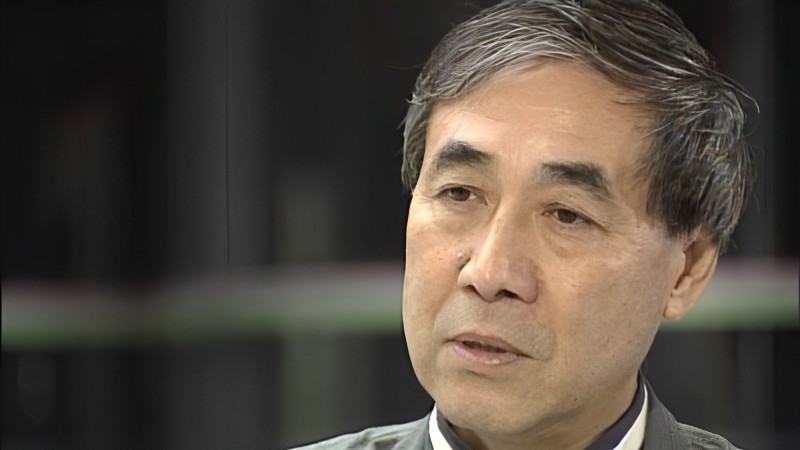
Throughout his life, he created numerous well-known and iconic graphic designs, with one of the most famous being his work titled "Victory 1945."
To commemorate the 30th anniversary of the end of World War II, Shigeo Fukuda shocked us with a clean and striking image, reminding us that those who provoke war will ultimately meet their own destruction.

Design is a language that requires both readability and aesthetic value. A piece of artwork should not only be visually appealing but also make us contemplate its meaning, reaching the ultimate realm of design.
While Shigeo Fukuda possessed innate talent as a graphic designer, some of his design techniques can be learned and understood by others. In the following, we will share three common techniques used by Shigeo Fukuda in graphic design.
1. Emphasis on the Relationship Between Layers
If you've ever used Photoshop, you must be familiar with the concept of "layers." When we overlay images on a background, we often focus on the overlaid image itself, rarely paying attention to the fact that it also brings shape changes to the underlying background.
The underlying layer is not just an independent entity beneath the layers above it. The two layers are interconnected, and neither can exist without the other. Shigeo Fukuda delved into the relationship between layers, allowing him to create unexpected and surprising artwork.

2. Mastering Contradictory Spaces
Shigeo Fukuda had a skillful technique of incorporating different three-dimensional perspectives into the same two-dimensional plane.
In these conflicting spaces, it often gives people a desire to keep looking, as if playing with the mind by constantly switching viewpoints. This is the charm of contradictory spaces.

3. Element Repositioning
Shigeo Fukuda excelled at taking different elements and forming new entities through visual connections. You can think of it as a form of "collage," where seemingly unrelated objects are unified through imaginative connections.
For example, in the series of posters for Beethoven's Ninth Symphony shown below, Fukuda manipulated the hair portion of Beethoven's image, using various elements to reconstruct his hairstyle.
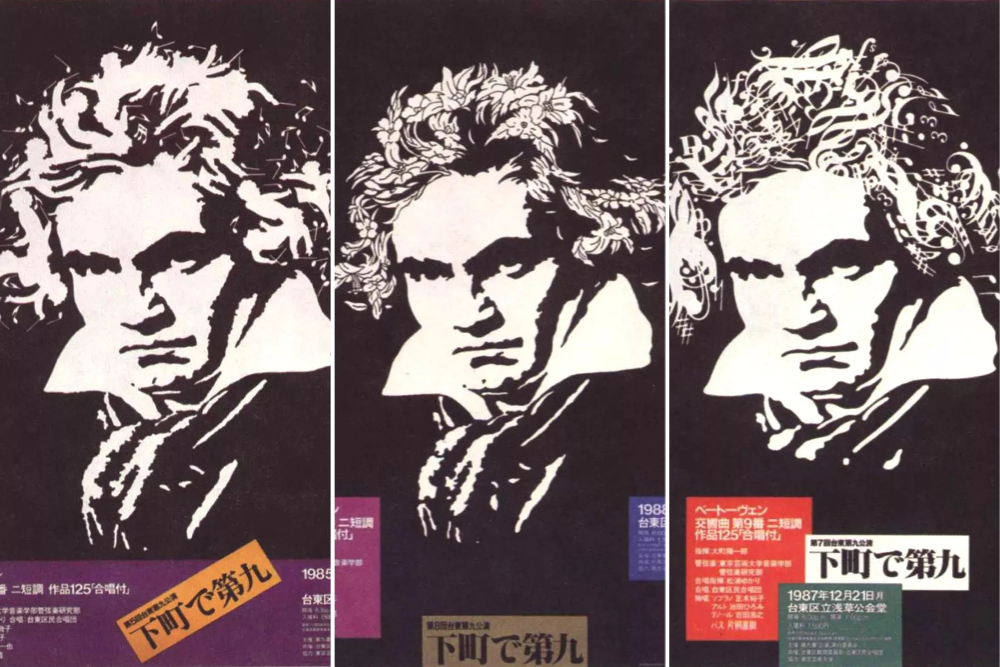
Visual Poet: Gunter Rambow
Gunter Rambow, the German master of graphic design, is also known as the "Visual Poet." He excels in capturing viewers' attention with striking visual patterns and unique shapes. His rich imagination and flexible use of imagery not only provide visual impact but also convey abundant information.

In Gunter Rambow's design works, we can observe the influence of Bauhaus ideology, which advocates for minimalistic and rational design, emphasizing functionalism while rejecting superfluous ornamentation.
Rambow extensively uses symbolic representations of objects in his designs, with his potato and book series being particularly famous. People interpret these designs in various ways, and we will attempt to provide one understanding for each of them.
1. Design With Potato Elements
For Gunter Rambow, the potato is a unique object. Born in 1938, he experienced the hardships of World War II during his childhood.
In that era of scarcity, potatoes became a source of relief as they were easy to grow and provided sustenance. Therefore, Gunter Rambow developed a fondness for potatoes.
Additionally, the potato's ability to withstand wind and sun, resiliently growing in the soil, was seen by him as a symbol of German national culture.
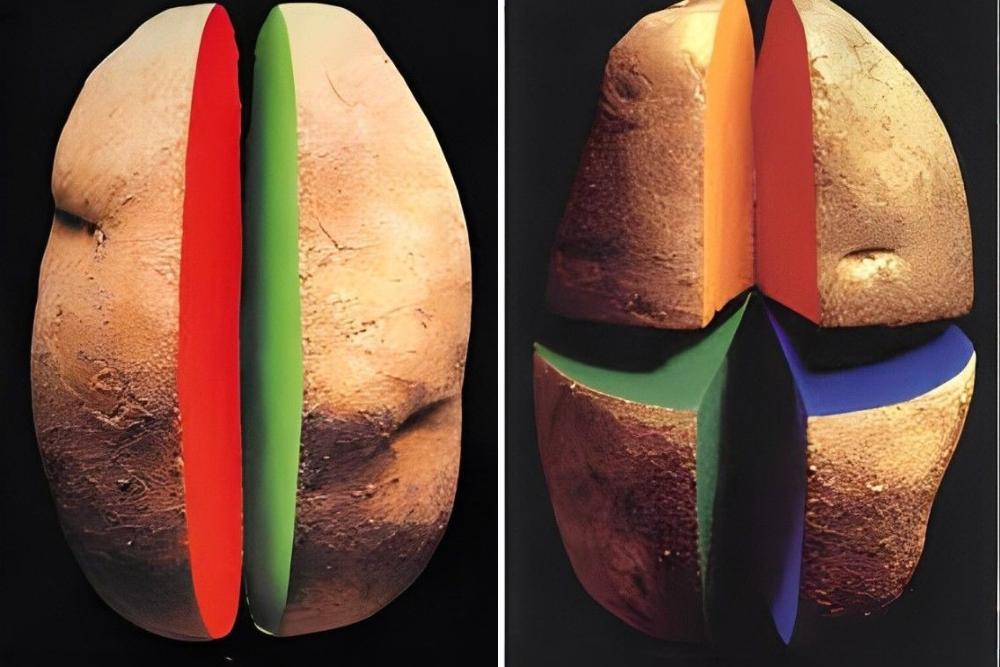
In the series of posters above, we can observe the contradiction and unity between the whole and its parts. A potato is originally a complete entity, but when sliced, its cross-section reveals different color attributes.
Red and green, blue and yellow are complementary colors, opposites, yet these highly heterogeneous elements are unified within a single object.
This also reflects the diversity within individuals, organizations, and nations. The things surrounded by a unified outward appearance are always filled with different, even opposing elements. It is in the constant conflict and struggle among these elements that a dynamic unity is formed.
2. Design With Book Elements
Gunter Rambow's poster designs for S. Fischer Verlag have also gained widespread recognition. In the two posters below, Gunter Rambow uses books as elements in his design, but he also conveys deeper meanings behind his designs.
For example, in the poster on the left, a hand suspended in the air supports its own weight and that of the books. No one can lift themselves with their own hands, but a hand holding a book can, symbolizing the infinite power that knowledge brings to people.
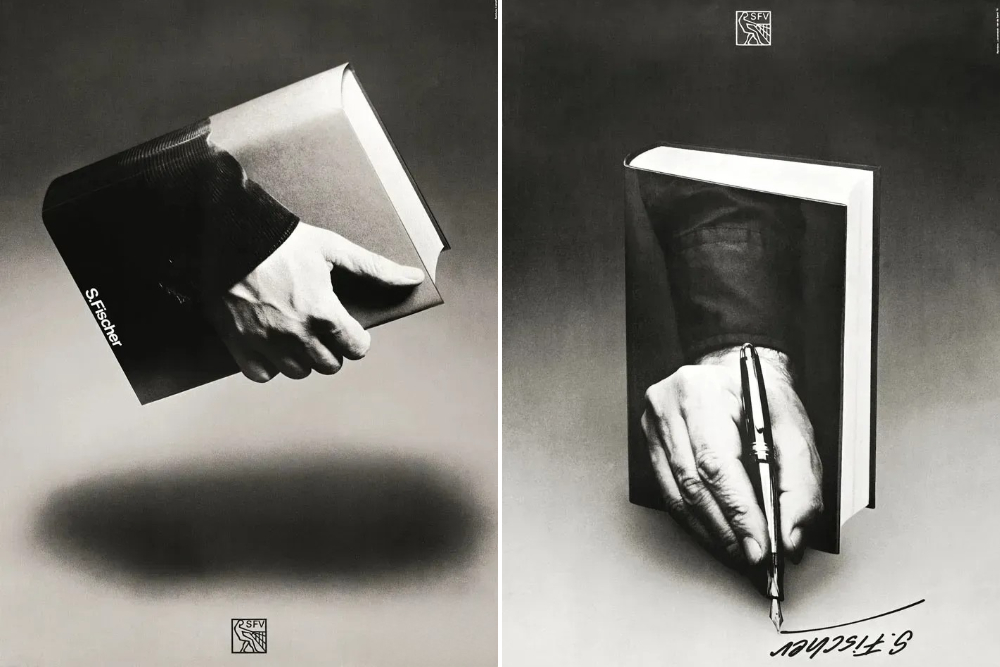
In terms of artistic techniques, Gunter Rambow always tries new methods to enhance the plain flat effect. Whether it's creating space, transforming styles, or using dense highlighting to create tension, Rambow seeks breakthroughs in visual impact, personalization, and freedom in his artistic creations.
Of course, potatoes and books alone cannot fully encompass Gunter Rambow's design career. However, throughout his body of work, a constant belief of Rambow is to let design speak and to use images as a language.

Leading Figures in Conceptual Image: Seymour Chwast
Seymour Chwast is one of the leading figures in the American Conceptual Image movement, and his design philosophy and accomplishments have had a profound impact on the contemporary graphic design industry.
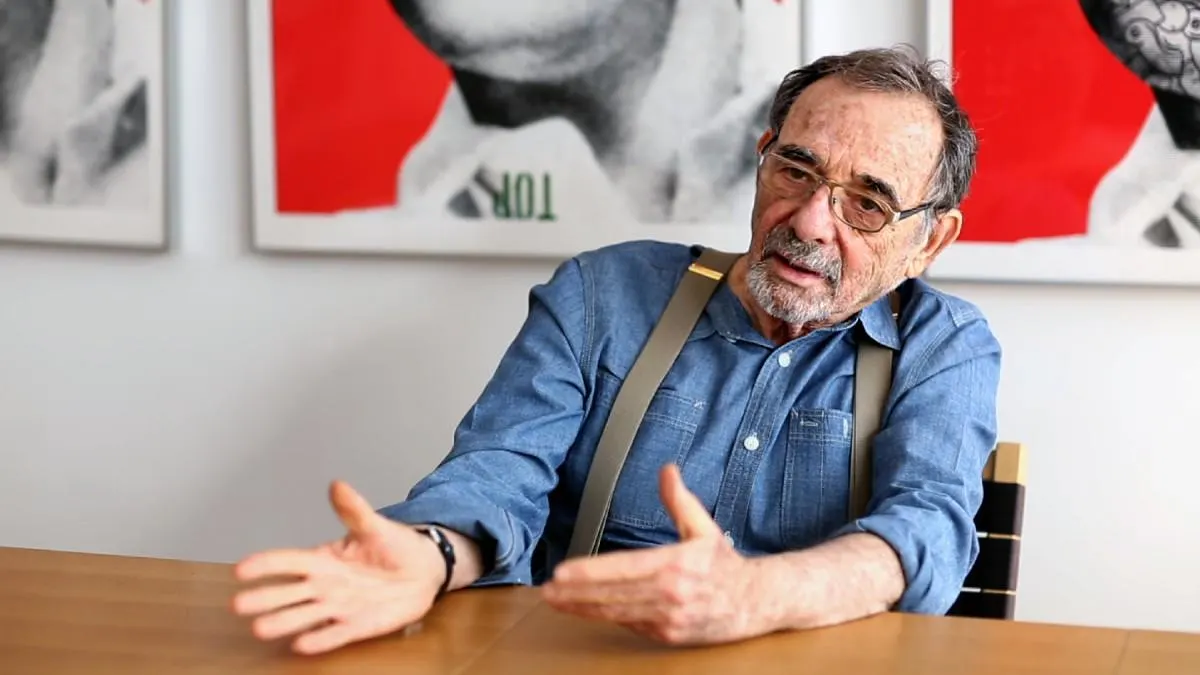
Conceptual Image Design, as the name suggests, is a design approach that expresses concepts through visually impactful imagery. In contrast to design that focused on rationality and rules at the time, Conceptual Image design emphasizes sensibility and artistic expression. It is a product that further integrates design and art.
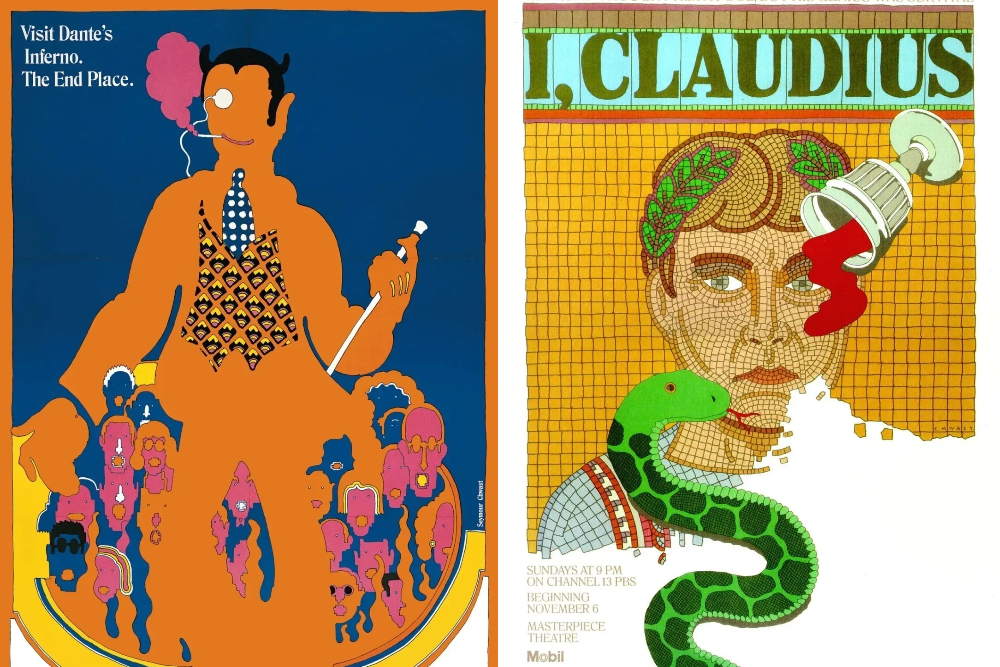
Seymour Chwast, who showed exceptional artistic talent from a young age, fills his designs with vibrant and bold colors, as well as whimsical and humorous imagery that leaves a lasting impression.
He values personal expression and strives for artistic freedom in his design works, always combining his unique style with designs that have visual impact and communicative power.
1. Anti-war Sentiments
Seymour Chwast's work strongly reflects his anti-war sentiments, which is also the most important theme in his design creations. Influenced by the turmoil of the Second World War, the unsettled global situation compelled Chwast to use his talents to try and make a difference.
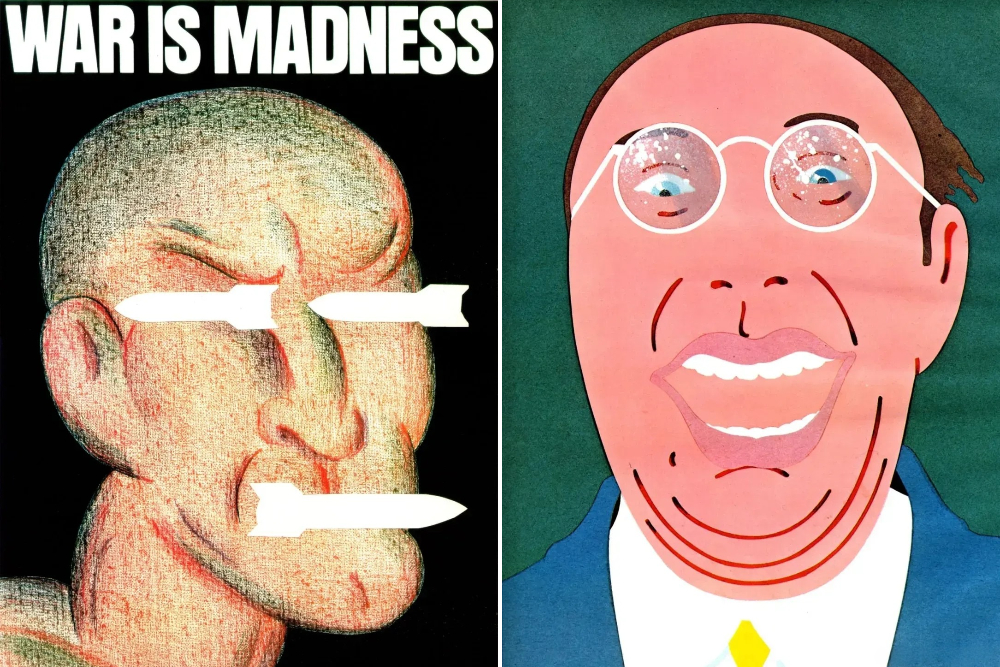
In 1968, in protest against the US bombings in Hanoi during the Vietnam War, Chwast created the poster shown below. The characters in the poster have airplanes bombing out of their mouths, and with the slogan "End Bad Breath," the message to stop the bombings is clear.
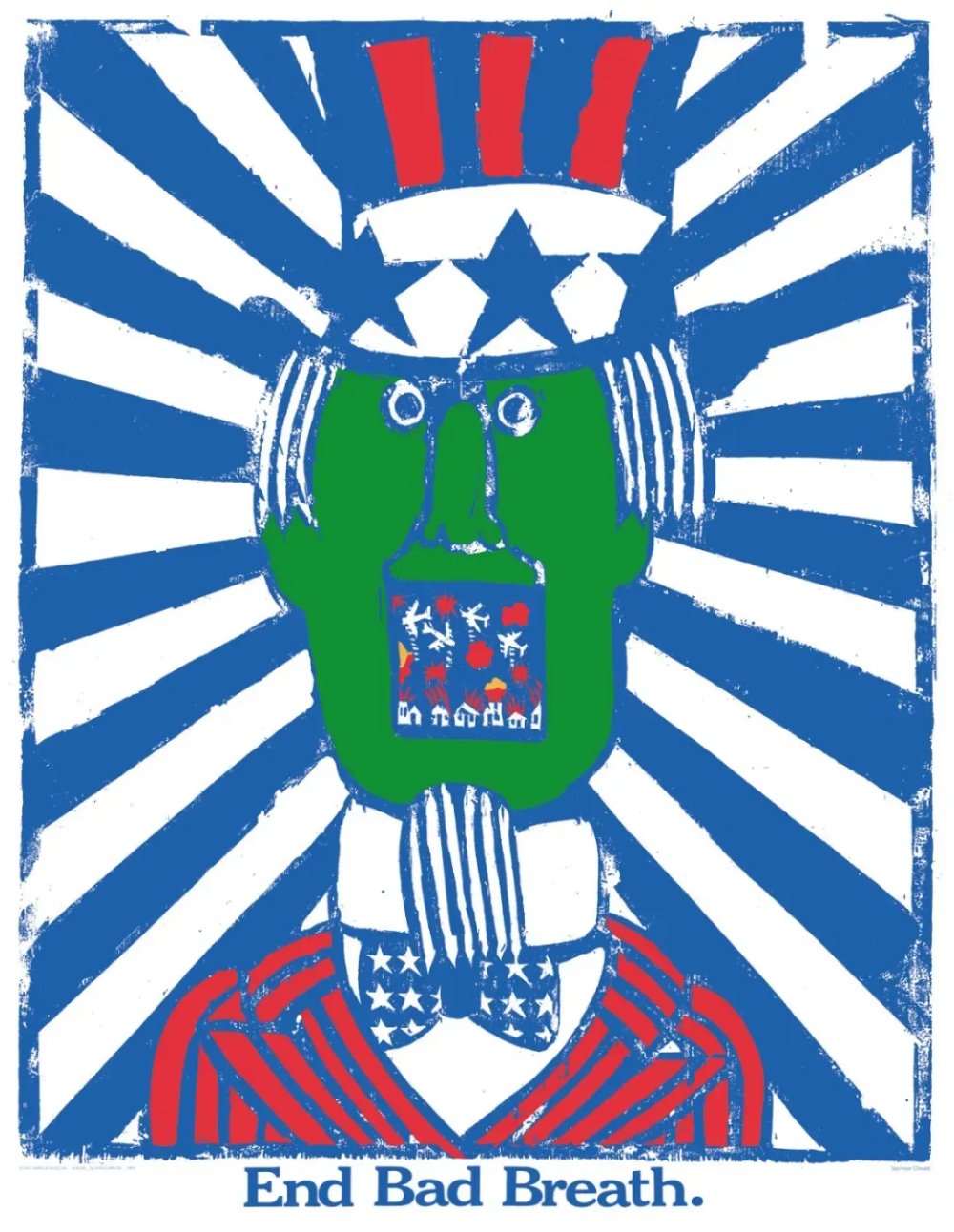
2. Roxy Style
From the image above, you can probably see that Seymour Chwast excels at using cartoon-like characters and surreal imagination to present us with an artistic world resembling a children's playground. He refers to this unique style as "Roxy Style."
In 1954, at the age of 23, Seymour Chwast co-founded the renowned "Push Pin Studio" with two designer friends, with the aim of promoting their avant-garde design concepts.
Everyone at "Push Pin Studio" had their own distinctive and independent design style. They wanted to fundamentally and conceptually change the graphic design scene in America at that time.
By gathering influences from different styles and resources in graphic design history and infusing them with their lively and flexible interpretation, they created a fresh design style that was truly refreshing to behold.
The image below is a poster designed by Seymour Chwast for Push Pin Studio. He replaced the head of a gentleman in a suit with the head of a rooster. The poster symbolizes Push Pin Studio as a bold and innovative force, embracing a spirit of uniqueness and daring creativity.

Chwast's work is characterized by a humorous and witty style, showcasing a playful and imaginative visual expression. It blossomed like a colorful sunflower in an era where design was often constrained by rigid rules.
It was his courageous and independent approach that paved the way for a new era in American design, inspiring countless future designers to follow in his footsteps.
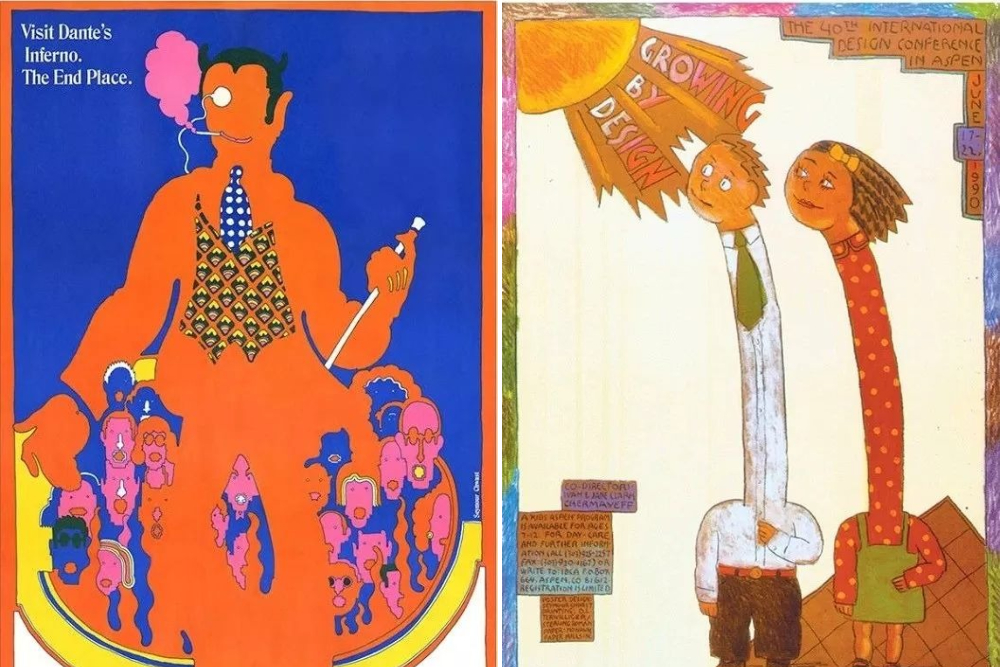
Embracing Innovation in Graphic Design
In this article, we have introduced three design masters in the field of graphic design. While they may not have achieved flawless visual expression or the deepest conceptual depth, what sets them apart is their remarkable ability to seamlessly integrate visual effects with ideas.
Graphic design is not just about providing temporary visual satisfaction for the audience. It is about using a single image to convey a message, make a call to action, and effect change.
As we reflect on the design careers of these three graphic artists, we can see that the field of graphic design is constantly evolving. The ability to adapt to new tools and technologies is crucial for designers to maintain their leading position in the industry.
In this final section, we would like to take some time to introduce a product that seamlessly integrates with the world of graphic design and enhances the creative process: TourBox.

TourBox is a revolutionary device that caters specifically to graphic designers, photographers, and other creative professionals.
With the ability to assign shortcuts and macros to its buttons and dials, you can tailor the device to match your unique design style and preferences. This level of personalization empowers designers to work more efficiently and unleash their creativity without any limitations.
Furthermore, TourBox is compatible with popular software such as Adobe Photoshop, Illustrator, Lightroom, and many more. Its plug-and-play functionality ensures a hassle-free setup, allowing you to focus on what you do best – designing.
And with that, we conclude our article on the three world-renowned graphic design masters. We hope it has been helpful on your design journey. Now, go forth and unlock a world of limitless creativity!